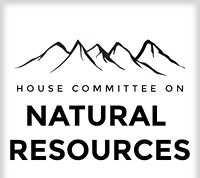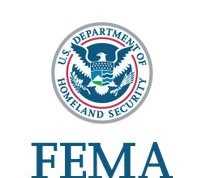Consultative Council Recommendations Highlight Three Key Building Industry Priorities
2014 Report Featured at Building Innovation 2015
WASHINGTON, D.C. – January 12, 2015 – (RealEstateRama) — Today, the National Institute of Building Sciences Consultative Council released its 2014 report, Moving Forward: Findings and Recommendations from the Consultative Council, during its Annual Meeting, held as part of Building Innovation 2015: The National Institute of Building Sciences Annual Conference and Expo.
Every year, the Consultative Council prepares, as outlined in the Institute’s enabling legislation, a report of findings and recommendations to the President of the United States and the U.S. Congress that is included in the Institute’s Annual Report. The Council consists of representative organizations from the building industry that support the design, construction and operation of buildings. It focuses on developing recommendations to address policies and practices that, if implemented, would help to advance the industry and the nation in realizing myriad goals.
The 2014 report includes findings and recommendations in three key areas: the Buildings-Related Workforce; Resilience and a Changing Climate; and the Need to Align Government and Business to Deliver a Cost-Effective, High-Performance Built Environment.
Below are some of the recommendations from the new report:
•The U.S. Departments of Labor and Education should work with representatives of the building industry to develop a comprehensive national workforce plan.
•All sectors of the building industry should establish mentoring programs and all representatives should reach out to the education community and to parents, teachers, business leaders and decision makers to support technical/vocational curriculum that meets the needs of today’s workplace.
• The U.S. Department of Homeland Security (DHS), National Institute of Standards and Technology (NIST), the U.S. Economic Development Administration, the Office of Management and Budget, the Institute’s Multihazard Mitigation Council (MMC) and other industry stakeholders should work together to develop common metrics and methodologies to assist in the quantification of economic and environmental benefits of hazard resistance.
• The U.S. Global Change Research Program, National Oceanic and Atmospheric Administration, National Aeronautics and Space Administration, U.S. Geological Survey, Federal Emergency Management Agency (FEMA) and NIST, along with the Institute and other industry stakeholders, should establish an ongoing program that brings together building and climate scientists to facilitate the production of relevant modeling results that support effective decision making.
•DHS, the U.S. Department of Housing and Urban Development (HUD) and the U.S. Department of Energy (DOE), working with industry partners, including insurance companies, should develop a collaborative program to support the adoption, administration and enforcement of building codes.
•Federal, state and local governments; building owners; and other industry stakeholders should work collaboratively to address the challenges existing buildings present to realizing national resilience and sustainability goals.
•Congress and the White House should work with NIST to reopen its plumbing research facility. DOE and EPA should work with building owners, plumbing-related organizations and other stakeholders to identify important water-related metrics and begin collecting regular data on water use in the nation’s building stock.
•Relevant federal agencies should work with building owners, community leaders, codes and standards developers and others to develop decision support tools that incorporate future needs and current uncertainty into the design, construction and operation of buildings. They must also work together to implement resilience by identifying performance requirements and subsequently developing guidance to achieve such requirements.
• DOE, HUD, DHS, NIST, EPA and the Access Board, working through the Institute with the engagement of federal agency building owners; state and local government; and building owners, designers, contractors and operators should develop a robust, scientific methodology for measurement, verification and documentation of actual building performance across all high-performance building attributes.
•Federal, state and local government agencies should incorporate requirements for information interoperability throughout the building life-cycle into their contracts and, to the extent practicable, provide building-level data in an accessible format to national, regional and local data sets. Agencies with responsibility for the collection, storage or analysis of data should work together to develop standards for integration and interoperability across datasets, including protocols for data acquisition, storage and retrieval, and confidentiality.
• All federally funded construction projects and operations contracts should include clearly enumerated performance requirements, including methods for verification and procedures, in order to rectify non-achievement of performance targets.















